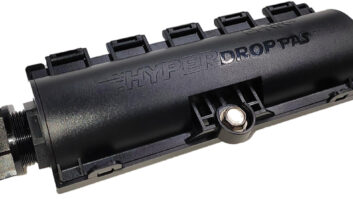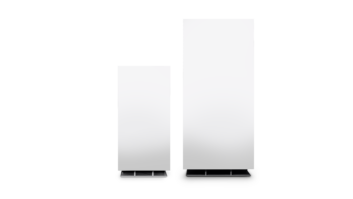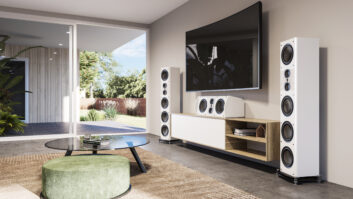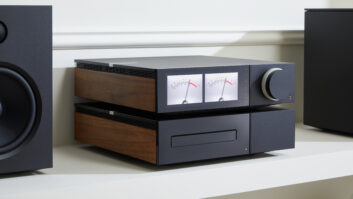Once the decision has been made to actually run fiber optics between locations on one of your projects, then the real fun begins. How many strands do I run? What type of fiber do I specify? What connectors do I put on them? And what should those connectors terminate into? These are all good questions, for which I can supply some straightforward answers.
In last month’s column, I established that each fiber strand was to be used for uni-directional signaling only. Two strands, therefore, are required for any bi-directional communications. The tendency to run only two strands for cost reasons, however, is a dangerous practice. Fiber is far more fragile than copper cabling, and certainly far more difficult to terminate. The general practice should be to run one spare “pair” for each location accessed. And, in general, there are most often six individual strands run. One pair for the intended application, a second pair is for sparing, and the last pair for future usage. The spare pair of two strands covers a breakage in one strand of both other connections should that occur.
By far, the most common cause of breakage of fiber optic connections is caused by human contact. This ranges from catching the fiber on a sleeve button and accidentally pulling on it, to rolling over and cracking the fiber with a chair or dolly wheel, to tie-wrapping the fiber jumper cables too tight to the equipment rack and cracking the glass. Whatever the cause, the best way to protect the fiber is to keep it out of the reach and harms way of humans. This is especially critical on infrastructure backbone fiber cabling that is typically routed from centralized equipment areas to the outlying equipment closets. These fiber runs can not be readily “recabled” once the installation is installed and sealed up. A break in this backbone cabling would require a fiber termination technician to be dispatched to the site, extensive tests to be performed to determine precisely where the break actually occurred, and a splice installed on that cable.
Even if one were fortunate enough to get a break to occur near the end of the run, where the cable could be merely re-terminated instead of spliced, the technician would still have to come on-site for the termination process. This is an expensive and time-consuming endeavor, and needs to be avoided at all costs. Waiting a day or two for a fiber repair would be highly unacceptable in most cases.
The practice of having run a few spare strands would likely allow the break to be bypassed quickly using one of the spare fiber strands, assuming that not all strands got broken at once, and a fiber technician would still have to be dispatched to the site to try and repair the broken fiber(s).
The accepted practice to protect against this also addresses avoiding having fiber technicians on-site. Backbone fibers should never be exposed to outside contact. They should enter equipment racks in those brightly colored fiber cabling conduits and should be routed directly, and in a protected manner, into fiber optic patch panels. In these panels all of the individual fiber strands can be securely and safely mounted.
It is imperative to have the individual strands terminated and installed into pass-through connectors. Having the fibers dangling free with the heavy fiber connectors already mounted to them is an invitation to have the weight of the connectors create adequate stress on the fiber strand itself to cause the glass to crack or break off completely. In addition, fiber strands can not be properly tested unless they are “connectorized.” In fact, poor “connectorization” is probably the number one thing that needs to be tested. A connector that is installed improperly can add significant optical attenuation that can easily prevent any installation from passing the optical signals.
Once connectorized, an optical transmitter is placed at one end of the fiber run and sends out a light signal of known amplitude, a light meter is then placed at the far end and the optical loss is measured and the link verified as acceptable. A copy of these optical loss measurements should always be provided to certify the site.
Once safely installed into these fiber patch panels, the actual equipment at either end should be connected to the backbone fiber with short-length fiber jumpers. These should all be provided with matching connector types at both ends if possible so as to make all jumper cables interchangeable. In this manner, anyone unfortunate enough to snag a fiber jumper and break the glass, or somehow render the fiber cable unusable, can readily grab a spare jumper cable that is kept nearby and replace the damaged one. A replacement jumper cable then can be ordered to replace the damaged one. This quickly gets the fiber link up and running and keeps from having to have the fiber technician come out and install a new connector.
The fact that all of the unused fibers are also readily available at the patch panel affords the troubleshooter the opportunity to try using one of the other fiber sets to see if perhaps the currently-used fibers are the source of any of the current problems that they may be experiencing.







